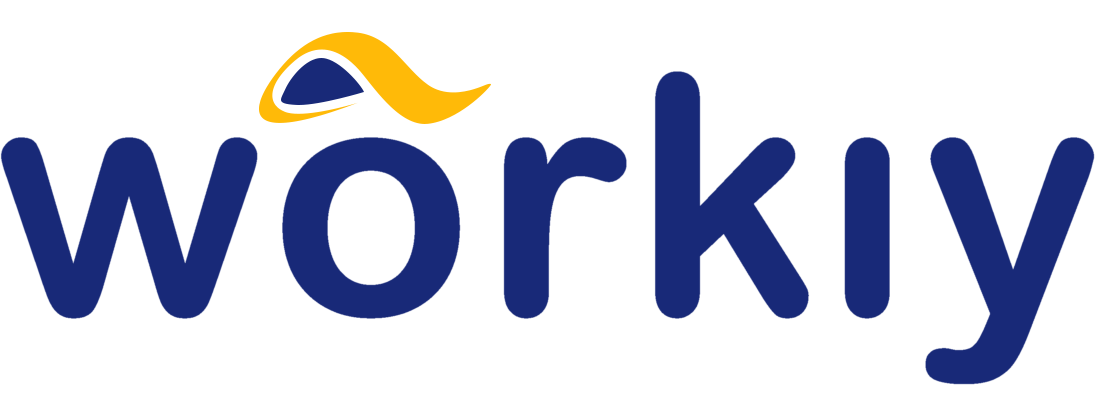An open-source platform such as Wordpress, security threats are not new to this platform. But be it private or open-source, hackers and threat sources always try and find their loopholes to their advantages. But we have said it before, we’ll say it again! Wordpress is backed up by a large community of Users/developers who always come in to rescue when there’s an issue. So fortunately, we have a couple of tricks in hand that will help us secure our wordpress website!

The following steps will help ensure that any WordPress website is ready to take on the onslaught of hackers that are a common threat everyday -
- Use HTTPS/SSL
- Use of secure username
- Enforce strong passwords
- Update plugins and themes
- Website backup plan
- Minimize the use of plugins
- Two-factor authentication
- Installation of Security wall for wordpress
A detailed insight on these steps listed above for us to understand our issues at hand, better!
- Use of HTTPS/SSL
It is important to always check with our web hosts about adding HTTPS or the SSL certificate to our site address for that added security. These plugins help mitigate security threats such as clickjacking and cross-site-forgery attacks by providing the option to add security headers. After converting to HTTPS, it’s good to check that no pages request HTTP links or content. Checking for mixed content is a must. Mixed content is when insecure website assets (scripts, images, videos, etc.) are linked to from these HTTPS pages. Skim through the website with Missing Padlock to quickly identify instances of mixed content, and then fix the errors by linking to HTTPS assets.
- Use of secure username
A lot of people simply use the name “admin” as username for easy use. But this has overwhelming number of security attacks on wordpress, particularly.
There are two main kinds of attacks that try to crack the login password:
- Brute force (when the automated hacking software tries guessing the admin password using different combinations of words, letters, and numbers)
- Dictionary attack (when the hacking software uses common passwords to try to guess the admin login)
This can fixed by creating a firewall on wordpress using plugins for security and also avoiding the username “admin”.
- Enforcing Strong Passwords
It is highly recommended and necessary to create passwords that are secure and strong on a maximum level. Any user, be it with prime website features or lower website features can fall prey to such attacks. Hence, using Plugins such as Wordfence, iThemes security for wordpress, we can create Two-factor authentication that will help us enforce a strong security system alongside stronger passwords.
- Update Plugins & Themes
Plugins, themes and other features have updates on wordpress and these core installations are introduced to patch simple vulnerabilities. But failing to fulfil these updates can lead the website to become vulnerable. Important point here is that, before any update, we have to make sure to have a back up of the existing data & content, so we can ensure no loss of data if the site crashes while updating. Because, if at all it crashes, we can always go back to the previously existing website.
- Backup Your WordPress Website
Backing up data on a daily basis is highly recommended for websites and even other software. The possibilities of things that can go wrong or a system crash is simply possible and a backup will save the day when something catastrophic happens to the website in hand.
There are wordpress backup plugins available that are compatible with wordpress.org which helps us perform a back up process on a regular basis.
- Minimize The Use of Plugins
Every plugin that is installed increases the chances, that one of them will expose the site to a vulnerability. Afterall, plugins are outsourced or made on another platform. While this may impact the security of the website, using too many plugins can impact site performance, as well as increase the chance that the code between two or more plugins will have a conflict and crash the site.
- Implement Two-Factor Authentication
Another important factor is the Two-factor Authentication.
- The first factor is the username and password.
- The second factor is a second form of authentication, usually with an app like Zoho Oneauth or Google Authenticator that’s on the user’s cell phone or other ways of verification.
So, even if a hacker gains access to the username and password, they won’t be able to log in without the second authentication.
- Installation of security wall for WordPress
Security plugins are useful because they can close up any security holes and block the hackers that are trying to take advantage of those loopholes.
There are two kinds of WordPress security plugins:
- Security hardening and scanning
- Firewall
Again, there is access to multiple plugins that are compatible with wordpress for security wall building purposes, that we can install for our websites.
In Summary
The Wordpress CMS system is introduced on Workiy to provide feature rich deliverables & valuable services to our clients. We put our best foot forward when we assure you results & with our expert team at play, we promise you nothing less than what your business deserves.
Connect with our team today to discuss opportunities, possibilities & how you can acquire our services to make business the one!





